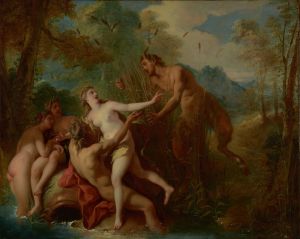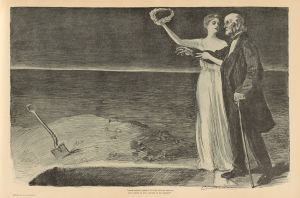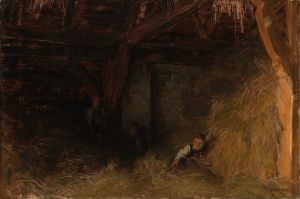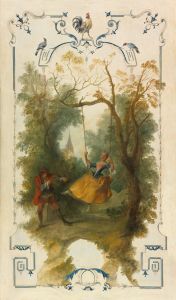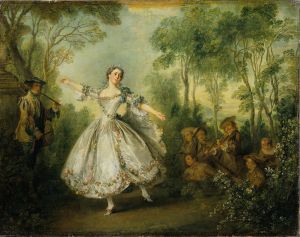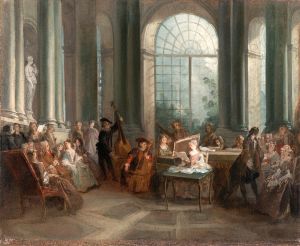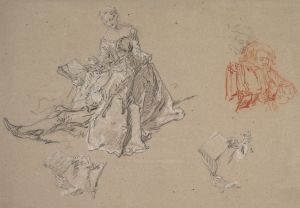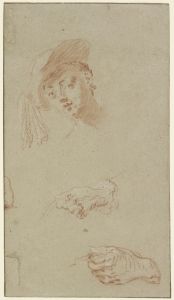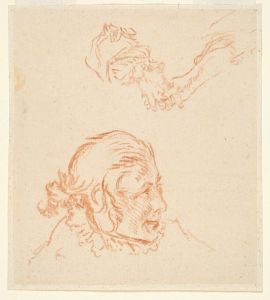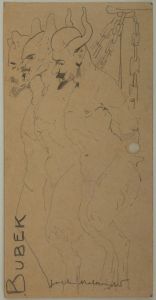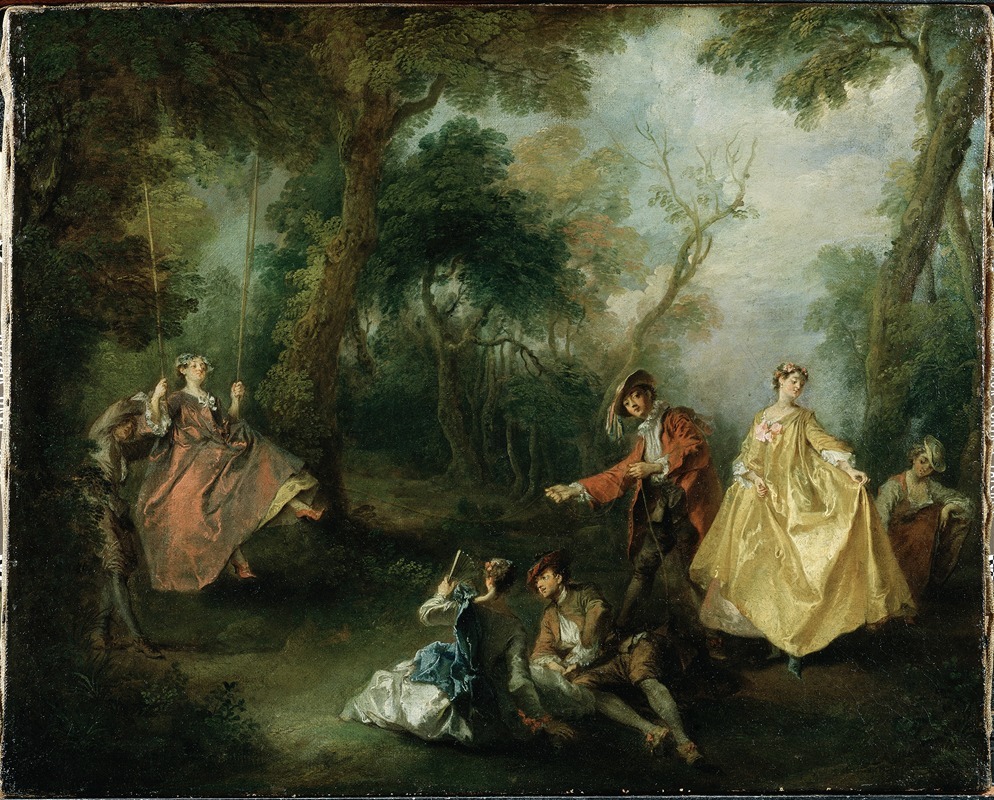
The Swing
A hand-painted replica of Nicolas Lancret’s masterpiece The Swing, meticulously crafted by professional artists to capture the true essence of the original. Each piece is created with museum-quality canvas and rare mineral pigments, carefully painted by experienced artists with delicate brushstrokes and rich, layered colors to perfectly recreate the texture of the original artwork. Unlike machine-printed reproductions, this hand-painted version brings the painting to life, infused with the artist’s emotions and skill in every stroke. Whether for personal collection or home decoration, it instantly elevates the artistic atmosphere of any space.
Nicolas Lancret was a prominent French painter of the Rococo period, known for his genre scenes that often depicted the leisurely pursuits of the French aristocracy. One of his notable works is "The Swing," a painting that exemplifies the light-hearted and playful nature of Rococo art. Lancret's "The Swing" should not be confused with the more famous painting of the same name by Jean-Honoré Fragonard, which is often considered a quintessential example of Rococo art.
Lancret was born in Paris in 1690 and became a student of the painter Pierre Dulin. He was heavily influenced by the works of Antoine Watteau, another leading Rococo artist, and this influence is evident in Lancret's style and subject matter. Lancret became a member of the Académie Royale de Peinture et de Sculpture in 1719, and his works were well-received by the French aristocracy and bourgeoisie.
"The Swing" by Nicolas Lancret captures a moment of leisure and enjoyment, characteristic of the Rococo period's focus on themes of love, nature, and playful elegance. The painting typically features a young woman seated on a swing, often in a garden setting, surrounded by lush foliage and accompanied by other figures who may be engaged in conversation or simply enjoying the scene. The composition of the painting is dynamic, with the swing's motion suggested through the positioning of the ropes and the figure's posture.
Lancret's use of color and light in "The Swing" reflects the Rococo style's emphasis on pastel hues and soft, diffused lighting. The figures are often depicted with a sense of grace and fluidity, their expressions conveying a sense of joy and carefree abandon. The setting is usually idyllic, with an emphasis on the beauty of nature as a backdrop to human interaction.
While Lancret's "The Swing" shares thematic similarities with Fragonard's later work, it is important to recognize Lancret's contribution to the development of Rococo art in his own right. His paintings often explore the nuances of social interaction and the subtleties of human emotion, set against the backdrop of the elegant and ornate world of 18th-century France.
Lancret's works, including "The Swing," were highly popular during his lifetime and contributed to his reputation as a master of genre painting. His ability to capture the spirit of his age with wit and charm ensured his place in the pantheon of great Rococo artists. Today, Lancret's paintings can be found in major museums and collections around the world, where they continue to be appreciated for their artistic merit and historical significance.
In summary, Nicolas Lancret's "The Swing" is a testament to the Rococo period's fascination with themes of leisure, beauty, and the complexities of social life. Through his skillful use of composition, color, and light, Lancret created a work that not only entertains but also offers insight into the cultural milieu of 18th-century France.





